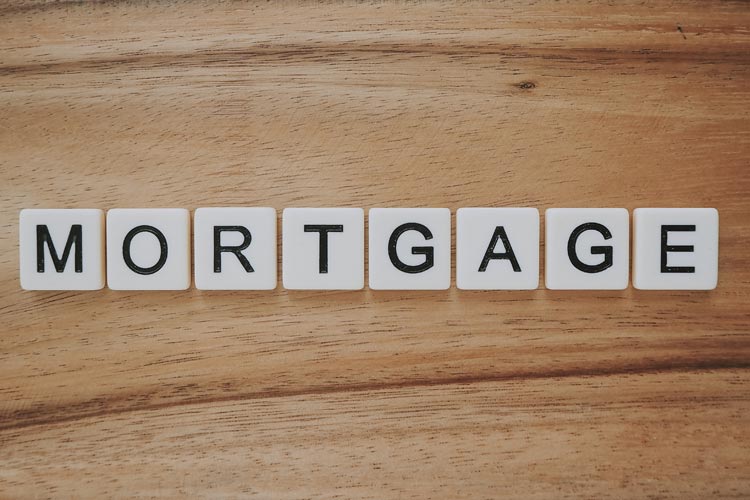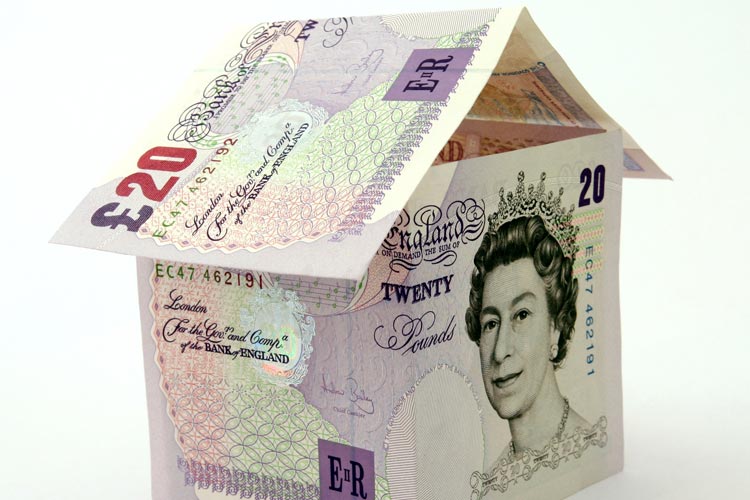Buy-to-let is a popular investment. When you buy a property for the purposes of renting it out you will probably need a buy-to-let mortgage.
Many people finding navigation of the mortgage market akin to navigating a minefield. So here we explore what you need to know before you apply for a buy-to-let mortgage.

What is a buy to let mortgage?
A buy-to-let mortgage is the same as a residential mortgage except you are taking out a loan to buy a property you don’t intend to live in.
If you already have a mortgage on your home, you will likely need to switch to a buy-to-let product before searching for tenants.
Who can get a buy-to-let mortgage?
Not everyone is entitled to take out a buy-to-let mortgage. To be eligible for most buy-to-let mortgages you will need to:
- Already own your own home, either outright or with an outstanding mortgage. You may find it hard to get a buy-to-let mortgage if you are a first-time buyer, although many specialist products are available.
- Earn at least £25,000, aside from your rental income.
- Satisfy the maximum age criteria. Most buy-to-let products are open to those who will be 70 or younger at the end of the mortgage term. For this reason, you may find it difficult to get a buy-to-let mortgage if you’re over 45. However, as people are retiring later and looking to rental property to fund their retirement, many lenders are becoming more flexible in this regard. For example, Santander has extended the maximum permitted age at the end of the mortgage for its buy-to-let products to 85.
How do buy-to-let mortgages work?
Buy-to-let mortgages are a lot like ordinary mortgages, but with some key differences:
1. Most buy-to-let mortgages are interest-only
One big difference between buy-to-let and residential property mortgages is that most buy-to-let products are interest-only. This means that you will pay the interest on the loan each month but none of the capital.
The good news is that your monthly payments will be lower than with a domestic repayment mortgage. However, at the end of the mortgage term, you won’t have paid off any of the loan and will need to find the funds to do so – by selling the house, arranging another loan or from savings.
Repayment mortgages are also available and are becoming a popular alternative.
2. You will need a bigger deposit

Lenders regard buy-to-let mortgages as riskier than residential property ones, so will usually ask for a larger deposit than might be required if you were buying the home to live in yourself.
Most lenders will expect you to find a 25% deposit for a buy-to-let mortgage. If you can put down 40%, you are likely to get a better rate. The larger your deposit, the more favourable the interest rate.
The perceived risk is that tenants won’t pay their rent or that you’ll face void periods meaning that you won’t meet you mortgage payments. At Assetgrove we offer guaranteed rent for up to five years. This means that you will not have to worry about void periods or loss of income. You will always have rent coming in to cover your mortgage payments. Read more about our guaranteed rent scheme.
3. The affordability rules are different
Unlike with residential mortgages, lenders are less interested in your salary than the expected income from the property. That said, some lenders will require you to earn at least £25,000 aside from your rental income.
To decide whether to offer you a mortgage, lenders will carry out affordability tests. They will use work out how much income you are likely to make and put this alongside your mortgage payments and other fees and charges (such as management fees and landlords insurance). Most lenders will require your rental income to be at least 25% higher than your mortgage interest payments.
4. The fees and interest rates tend to be higher
Because of the higher risks, buy-to-let mortgages have traditionally attracted much higher interest rates. However, this gap may be narrowing. Many buy-to-let mortgages are not much more expensive than the equivalent residential mortgages.
Arrangement fees can, however, be much higher, so it’s essential to look at these as well as interest mortgage rates when shopping around for the best deal.
How much you can you borrow for buy-to-let mortgages
The amount you can borrow depends on how much rent you can realistically expect for your property. As mentioned above, most lenders will typically require you to receive 125% of your monthly interest payments in rental income but can sometimes be as high as 145%.
Where to get a buy-to-let mortgage
Most of the big banks and some specialist lenders offer BTL mortgages.
You could talk to a mortgage broker before you take out a buy-to-let mortgage, as they can help you find the most suitable deal for you.
Comparison websites can be a good starting point, but remember to look beyond the headline mortgage rate and there are often other fees and charges involved.
What else should I consider?
Plan for times when there’s no rent coming in
There will almost certainly be void periods when your property is unoccupied, or your tenants may be late with their rent payments. You must ensure that you have a financial ‘cushion’ to meet your mortgage payments. Alternatively, join our rent guarantee scheme and never experience void periods or late rent payments again.
Don’t rely on selling the property to repay the mortgage
If you opted for an interest only mortgages, you should be careful about relying solely on the sale of the property to meet the repayment – in case house prices in the area fall.
Tax implications of buy-to-let mortgages

Capital Gains Tax (CGT)
You will have to pay CGT when you sell your buy-to-let property. Basic-rate taxpayers pay 18% on gains they make when selling property, while higher rate taxpayers pay 28%.
All taxpayers have an annual CGT allowance, meaning they can earn a certain amount tax-free. For the 2020 to 2021 tax year the allowance is £12,300. Couples who jointly own assets can combine this allowance, potentially allowing a gain of £24,600.
Income Tax
You must pay income tax on any profit you earn from rental property you own. This is the rental income you receive less any allowable expenses.
You should inform HMRC when you start renting a property as you will probably need to complete a tax return (even if you are making very little profit or even a loss). Keep a record of how much rental income you receive and allowable expenses you incur in each tax year. From 2020 none of the interest on your mortgage payments can be considered an allowable expense.




